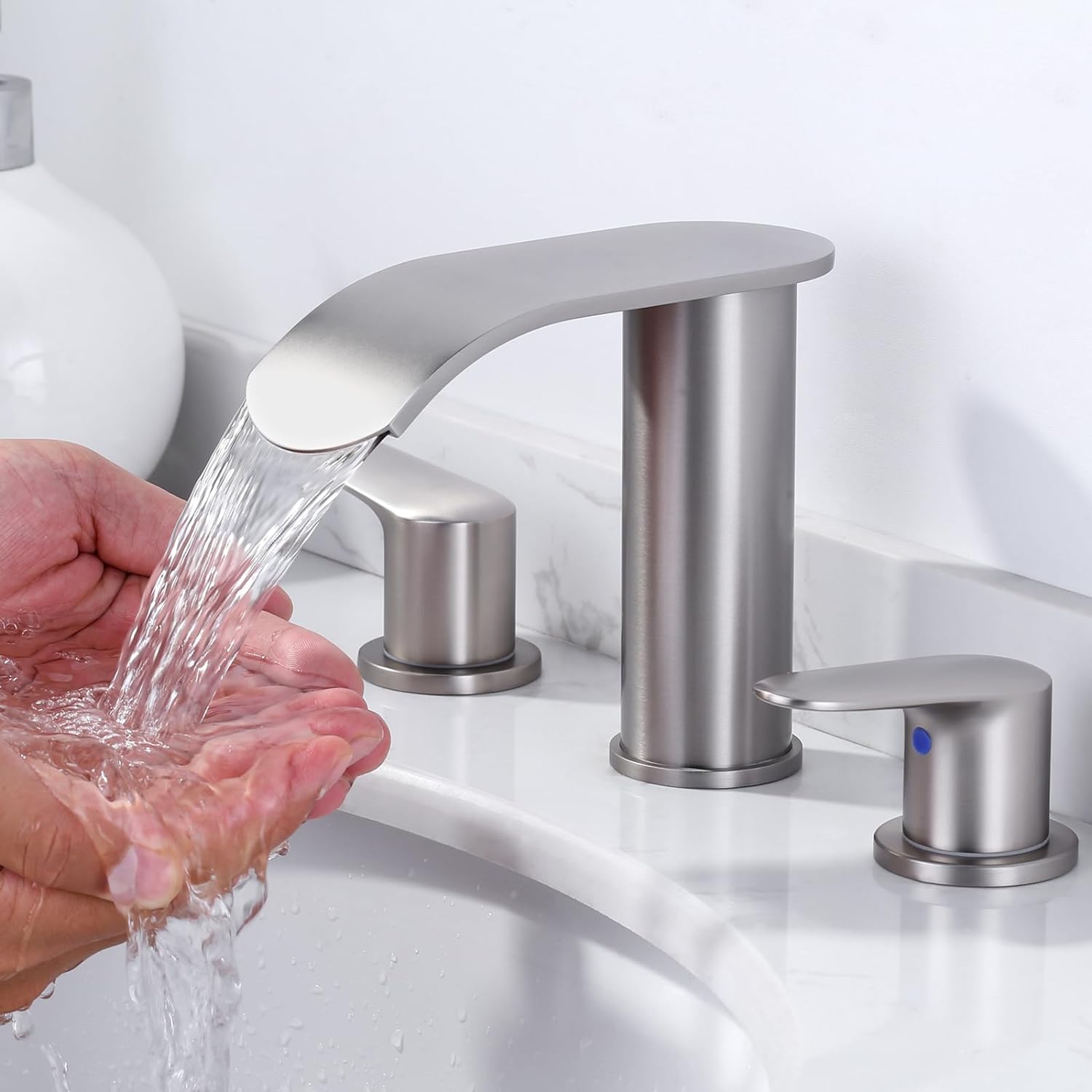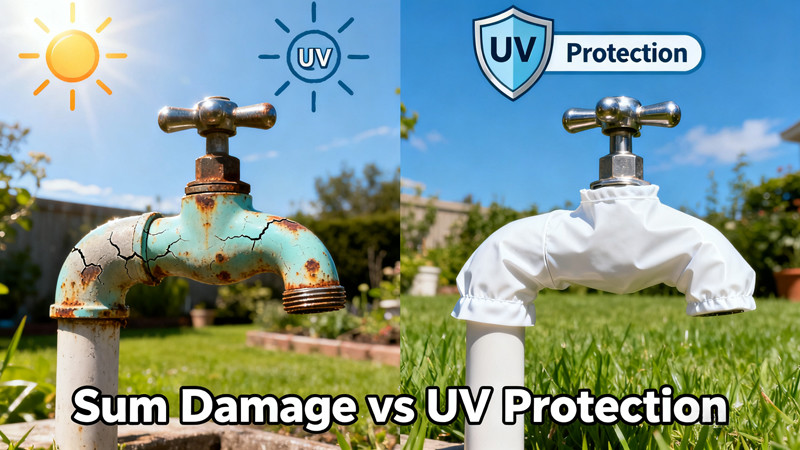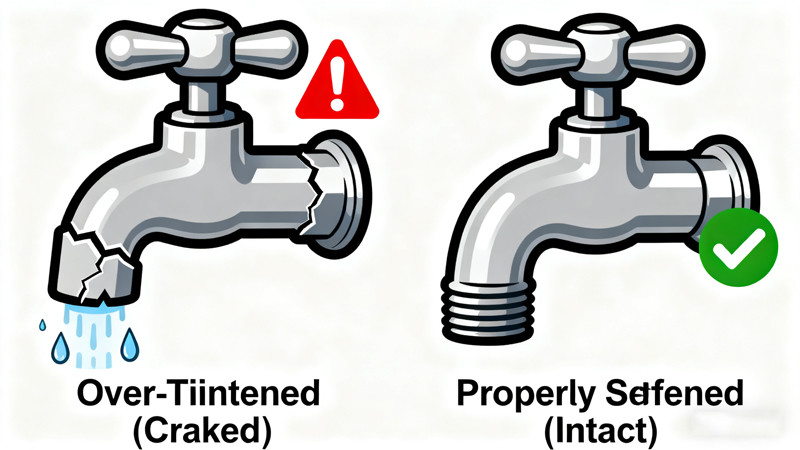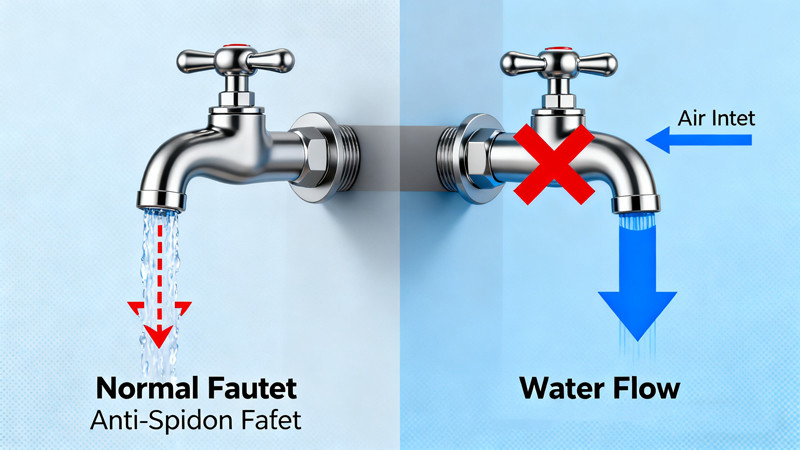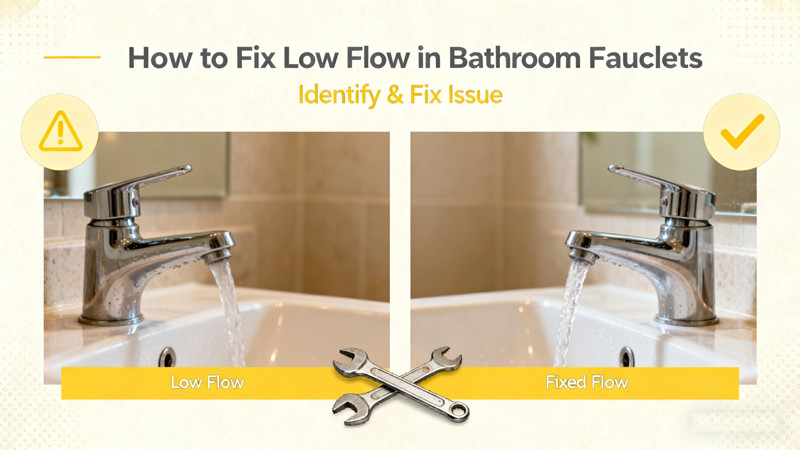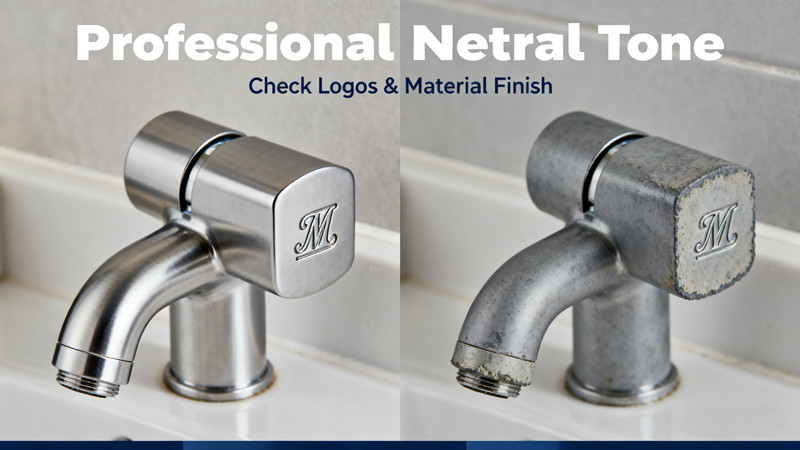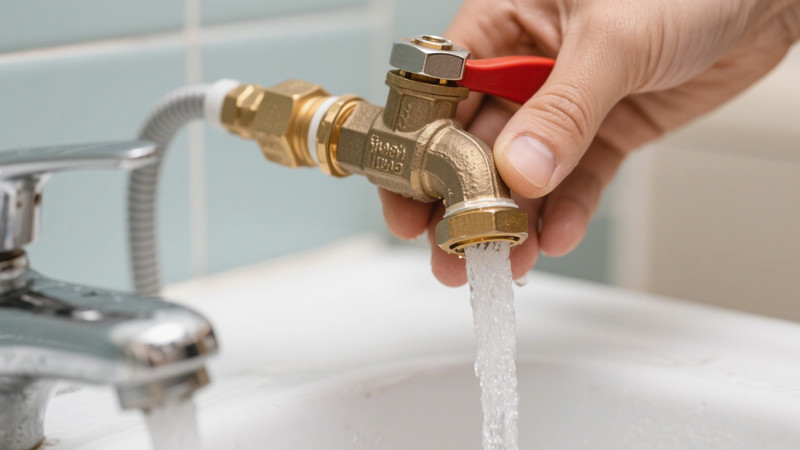
Fluctuating water pressure can be incredibly frustrating, especially when you’re trying to take a shower, wash dishes, or run multiple water fixtures at once. One moment, the water pressure is perfect, and the next, it’s either too high or barely trickling out. The cause of fluctuating water pressure can stem from a number of issues, some of which are simple to fix while others may require professional intervention. If you’re experiencing irregular water pressure, this guide will walk you through the most common causes and how to address them.
1. Check the Water Pressure Regulator
The first step when dealing with fluctuating water pressure is to check if your home has a water pressure regulator. This device is designed to maintain consistent water pressure within your home, ensuring that it doesn’t get too high or too low. If the regulator is faulty or broken, it could result in fluctuating water pressure.
How to Check and Fix It:
- Locate the regulator, which is typically installed near where the main water line enters your home.
- Check for visible signs of wear or damage.
- If you suspect the regulator is the issue, it’s best to replace it. Water pressure regulators are relatively inexpensive and can often be replaced by a skilled DIYer, but if you’re unsure, it’s best to call a plumber for assistance.
2. Look for Pipe Leaks
Leaks in your plumbing system are another common cause of fluctuating water pressure. When water is leaking somewhere in the pipes, it can cause a drop in pressure. The water that’s escaping through the leaks means that there isn’t enough water reaching the fixtures, which can result in pressure fluctuations.
How to Detect and Fix Leaks:
- Check for wet spots or damp patches on the floor, walls, or ceiling.
- If you hear the sound of running water when no fixtures are being used, this could be a sign of a hidden leak.
- Perform a water meter test: Turn off all the water in your home, then check the water meter. If the meter continues to move, there’s likely a leak somewhere in your pipes.
- If you find a leak, you can attempt to repair small issues yourself by tightening pipe connections or applying sealant. However, larger leaks will require professional attention.
3. Check for Clogged or Blocked Pipes
Over time, mineral deposits, rust, or debris can build up inside your pipes, restricting the flow of water. This can cause irregular water pressure. The buildup typically occurs in older pipes or areas with hard water.
How to Clear Clogged Pipes:
- Start by checking your faucet aerators and showerheads for mineral buildup or debris. These can easily be cleaned by soaking them in a vinegar solution overnight to dissolve any hard water deposits.
- If the issue lies deeper in your plumbing system, you may need to hire a plumber to inspect and clean the pipes. They may use specialized equipment like hydro-jetting to clear blockages that could be causing pressure fluctuations.
4. Inspect the Water Main Supply
If the fluctuating water pressure affects the entire home, the issue may lie with your main water supply. Low water pressure from the municipal supply or changes in the pressure at the street level can affect your home’s water pressure.
How to Check the Water Main Supply:
- If you notice fluctuating pressure throughout the house, check with your neighbors to see if they’re experiencing the same issue. If they are, it’s likely a problem with the water supply, and you’ll need to contact your local water provider to report it.
- In some cases, water pressure can fluctuate due to high demand on the municipal system (for example, during peak hours). If this is the issue, you may need to wait for pressure to stabilize.
5. Adjust the Pressure Regulator
If you have a water pressure regulator but are still experiencing fluctuating pressure, it’s possible that the regulator isn’t set correctly. The ideal water pressure in a home is typically between 40 and 60 PSI (pounds per square inch). If the regulator is set too high or too low, it could lead to pressure fluctuations.
How to Adjust the Regulator:
- Use a pressure gauge to measure the water pressure at a faucet or outdoor hose bib.
- If the pressure is outside the recommended range, locate the adjustment screw on the pressure regulator. Turn the screw clockwise to increase pressure or counterclockwise to decrease pressure.
- Make small adjustments and check the water pressure after each change until you reach the desired range. Be careful not to over-adjust, as very high water pressure can damage your pipes and fixtures.
6. Fix Water Pressure Problems with Multiple Fixtures
Another common cause of fluctuating water pressure is when multiple water fixtures are used simultaneously, like when someone is taking a shower while another person uses the dishwasher. This is especially common in homes with older plumbing systems or homes that are farther from the water main supply.
How to Fix It:
- Install a pressure-boosting pump to help increase the flow of water in the system when multiple fixtures are being used. These pumps are especially useful for homes with low water pressure due to the distance from the water source.
- You can also install a pressure balancing valve in your shower to prevent fluctuating pressure when other fixtures are in use.
7. Water Heater Problems
If the fluctuating pressure is only present when using hot water, the problem may lie with your water heater. A malfunctioning water heater can cause pressure problems if the heater isn’t providing a consistent flow of water.
How to Diagnose and Fix It:
- Check the temperature setting on your water heater to ensure it’s properly adjusted.
- If the issue persists, you may need to flush your water heater to remove any sediment buildup. This buildup can restrict the flow of hot water, leading to fluctuating pressure.
- If flushing the water heater doesn’t resolve the issue, you may need to call a professional plumber to inspect the heater and ensure it’s functioning properly.
8. When to Call a Professional
If you’ve tried all the above steps and the fluctuating water pressure persists, it’s time to call in a professional plumber. Issues like major leaks, faulty water pressure regulators, or problems with the main water supply require expert knowledge and tools to fix properly. A plumber can identify the underlying cause of the issue and ensure your system is working efficiently again.
Conclusion: How to Fluctuating Water Pressure
Fluctuating water pressure is a common problem, but it’s one that can often be fixed with a little troubleshooting and some basic repairs. Whether the cause is a malfunctioning water pressure regulator, clogged pipes, or a leak in the system, addressing the issue quickly can restore consistent water pressure throughout your home. If you’re unsure about handling plumbing repairs on your own, don’t hesitate to contact a professional plumber to get your water pressure back to normal.
 WOWOW Faucets
WOWOW Faucets